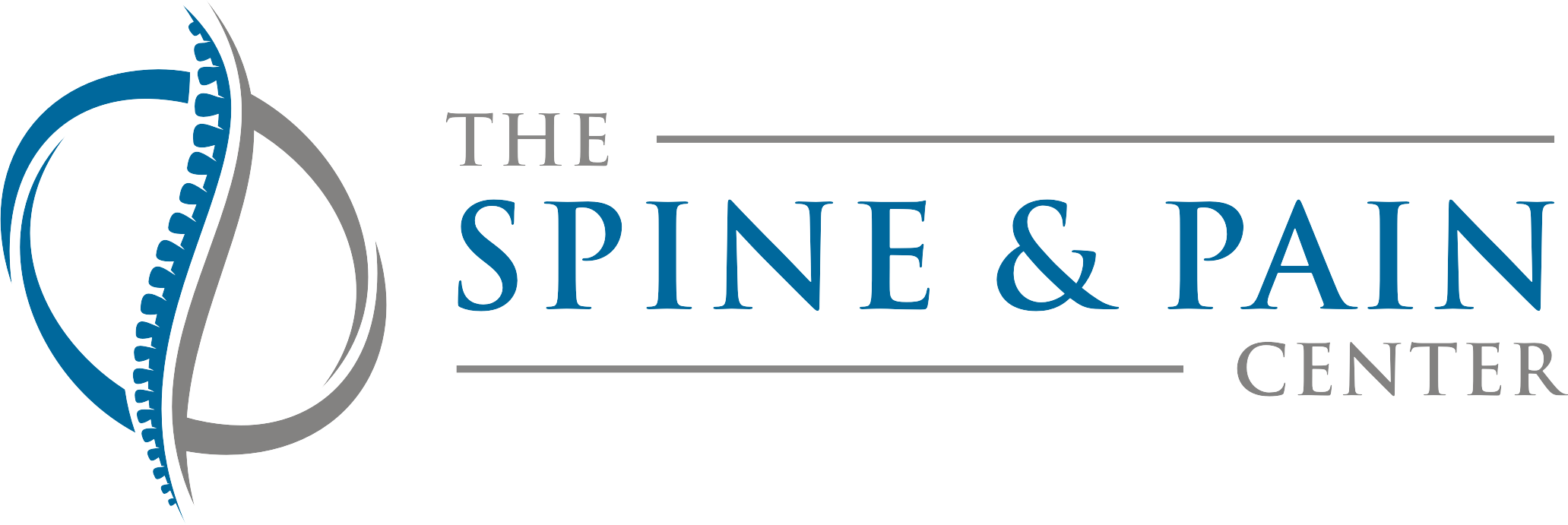Defined
Whiplash affects the muscles, spinal discs, joints of the spine, and nerves in the neck and is considered to be quite painful. Due to the severity and long-lasting effects of the condition, it is imperative to be treated immediately after experiencing this type of injury. Many treatment options are available for both chronic and acute pain from whiplash. At The Spine & Pain Center, we will determine the best course of treatment for your individual injury.
Causes
Whiplash is often associated with automobile accidents, but this condition can be caused by a number of other factors. It occurs when a person undergoes an abrupt, jerking sensation that hyperextends the neck. When the neck is tilted backward and then thrown forward with force out of its regular range of motion, the tissues, nerves, and bones may become injured and cause pain.
Symptoms
Pain in the neck, shoulders, or lower back are common whiplash symptoms. Frequent or persistent headaches, stiffness in the neck, cognitive difficulties such as impaired memory, difficulty concentrating, or even trouble sleeping can also occur. Nerve function can be impaired, causing patients to experience tingling or numbing sensations in the upper extremities. Difficulty bending the neck and other types of limited mobility in the neck can also be possible.
Treatments
Rest, ice and over-the-counter medications are usually recommended following a diagnosis identifying a problem with the spinal discs of the neck. The Spine & Pain Center physicians use diagnostic imaging or a cervical discogram to locate the areas of concern.
If conservative measures are not effective, they may suggest physical therapy in order to help patients regain regular movement and range of motion. Steroid injections are also an option to reduce inflammation in the spine and to help the patient to be able to become more active and to minimize the severity of the pain.


